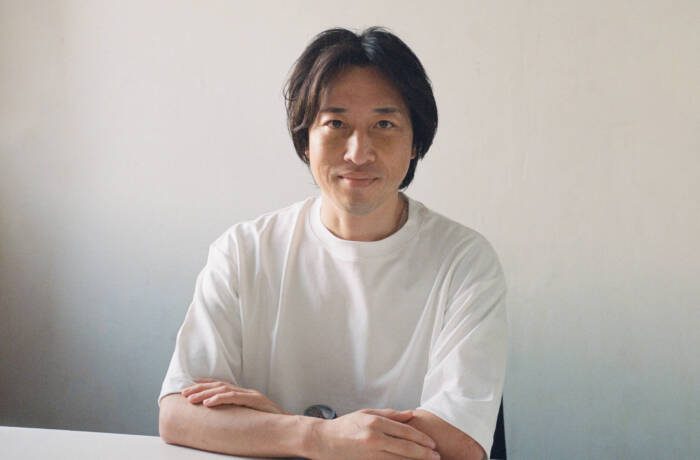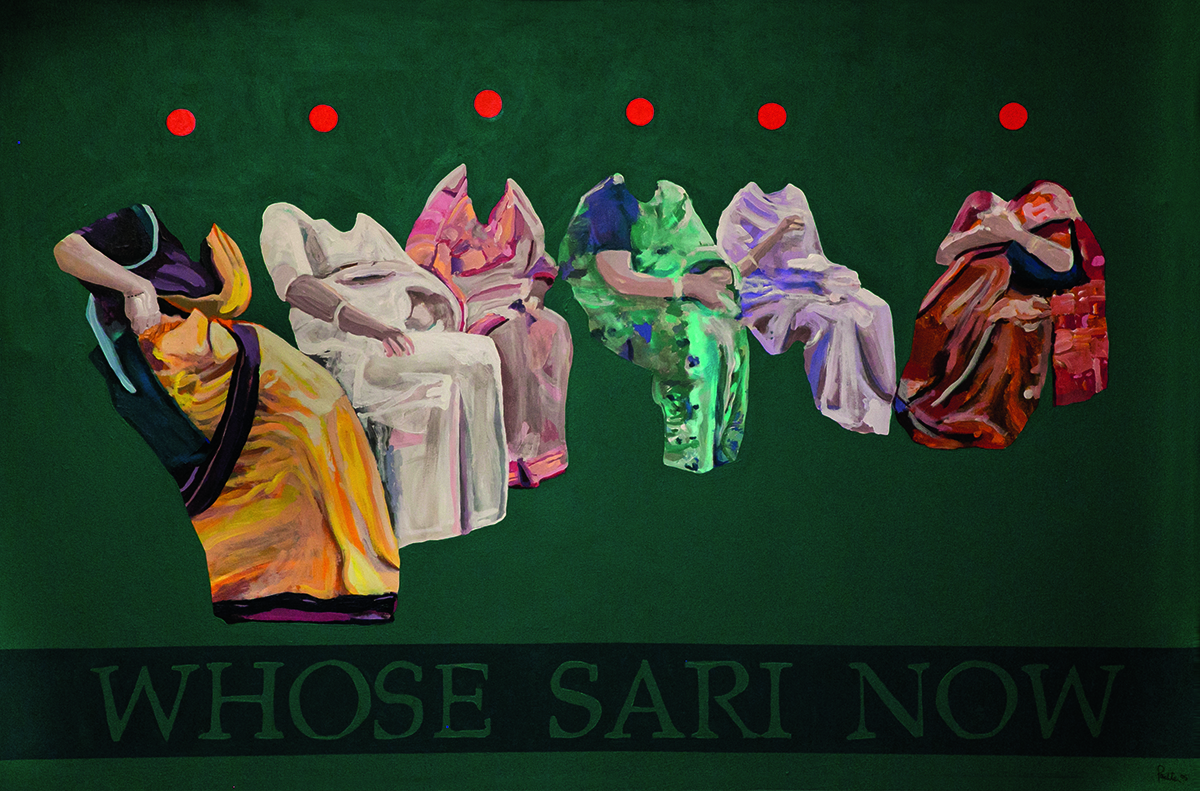
Whose Sari Now, 2007, by Charles Pachter
On the 75th anniversary of the end of British rule in India, LUX’s Maya Asha McDonald speaks to Durjoy Rahman, Bangladeshi philanthropist, art collector and founder of the Durjoy Bangladesh Foundation, about the legacy of colonialism and Bengali art
At midnight on 15 August 1947, British India ceased to exist. As the British Empire receded into the history books, the vast land was divided into two dominions largely along religious lines: Hindu-dominated India and Muslim-dominated Pakistan. Marred by large-scale violence and mass migration, the controversial division of the subcontinent would be known as the partition.
With 2022 marking 75 years since the end of British rule, it is a time for reflection for many in these countries, not just about politics and history, but about the art and culture of the region, traditions that stretch back millennia but are now in the same vortex of globalisation as others on the creative planet. Durjoy Rahman founded the Durjoy Bangladesh Foundation (DBF), a non-profit organisation, in 2018, with a mission to support and promote art from South Asia and beyond in a critical, international- art context. There is, he believes, a vantage point from which we can examine the past, understand the present and envision the future.
Follow LUX on Instagram: luxthemagazine
Speaking with me amid his art collection, in Dhaka, Bangladesh, Rahman says it is important to acknowledge the weight of the moment. “This is a big year for the Indian subcontinent: it’s 75 years since partition. 1947 may sound long ago, but my parents and many others retain vivid memories of that time,” he says. A seismic event, partition saw the migration of 14 million people and laid the groundwork for a second postwar revision of the subcontinent’s political cartography some years later: the creation of Rahman’s native Bangladesh, from what had been East Pakistan.
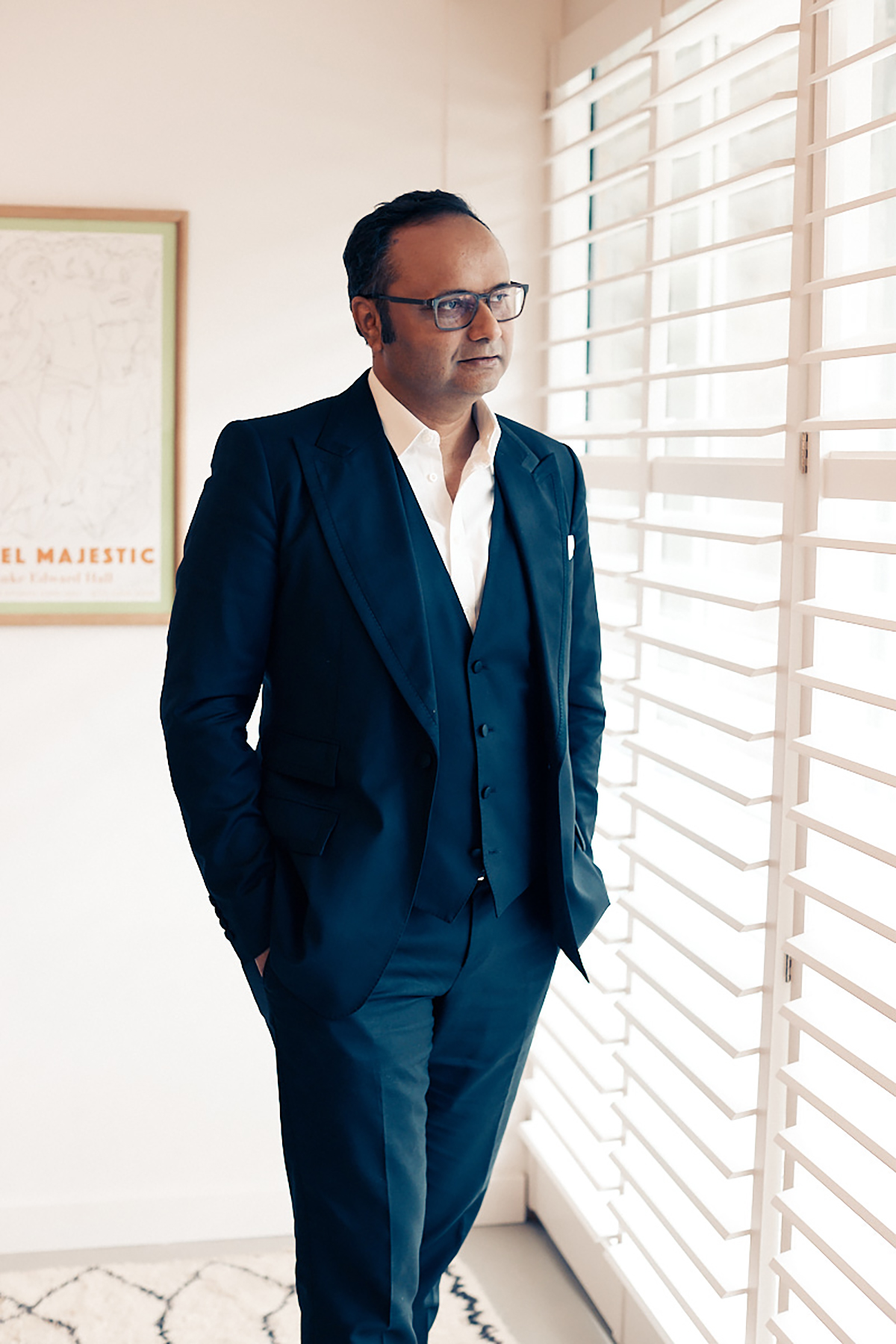
Durjoy Rahman, founder of the Durjoy Bangladesh Foundation, whose mission is to support and promote South Asian artists in a global context
“It is important to consider that Bangladesh was born in 1971, much later than India and Pakistan,” says Rahman. “Since we were established further along in the historical timeline, Bangladesh is behind in development compared to the subcontinent’s other countries. But our rich heritage and culture, originating in Bengal, has helped us reclaim our reputation.” The historic region of Bengal, to which Rahman refers, covers present-day East Bengal in Bangladesh and the Indian state of West Bengal.
The Dhaka-based entrepreneur turned cultural activist is playing a vital role in rebuilding his country’s national voice, working diligently to elevate his homeland’s artistic titans and emerging talents. In establishing the Durjoy Bangladesh Foundation, Rahman also committed to furthering decolonisation. By incorporating his country’s name within the foundation’s title, in place of his surname, Rahman shares the DBF’s accomplishments with Bangladesh. In fact, ‘Durjoy Bangladesh’ means ‘Invincible Bangladesh’.
A cardinal tenet of the DBF’s mandate is to preserve the canon of Bangladeshi artists who flourished throughout the 20th century. “I have consciously collected works by artists who shaped the practice of modern art in Bengal,” says Rahman, whose foundation has created the first online personal-collection resource on Bengal Masters. “Murtaja Baseer, Mohammad Kibria and Safiuddin Ahmed are among those names. They have all sadly passed, but held great artistic influence before and after partition. Today, their work continues to inspire.”
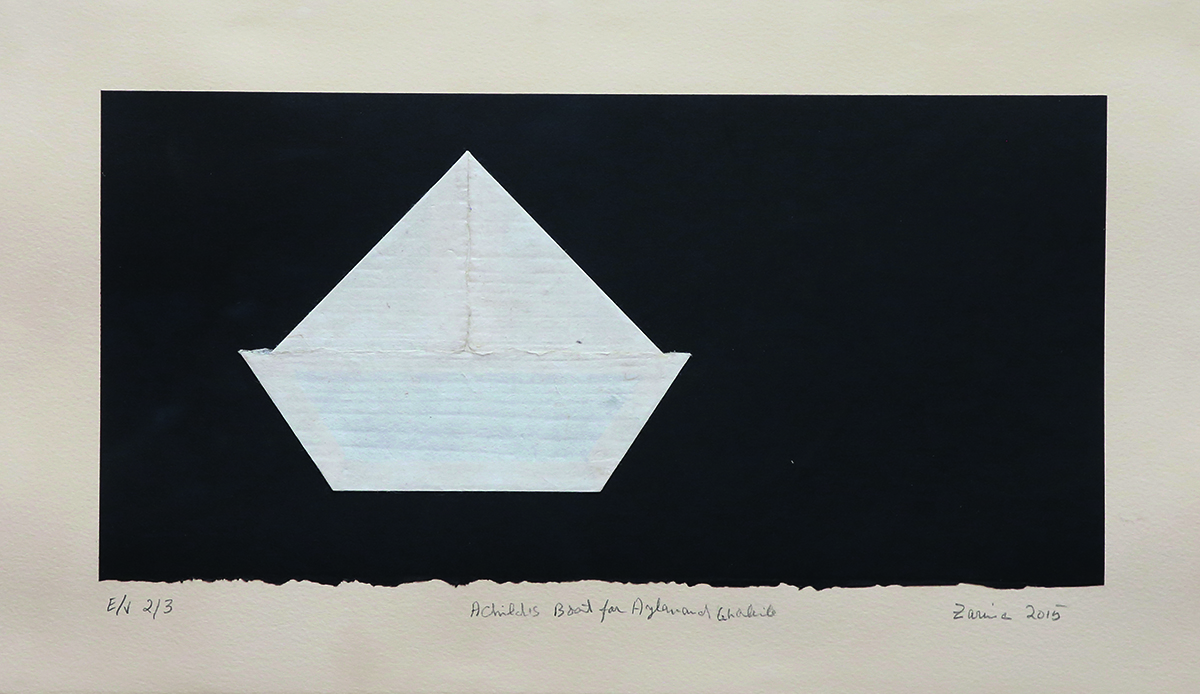
A Child’s Boat for Aylan and Ghalib, 2015, by Zarina
And so to the art collection. Pleased to share his Bengali treasures, Rahman directs my attention to Murtaja Baseer’s 1967 work, The Wall, from his series of the same name. Depicting a brick wall in the Dhaka Central Jail, the painting references the harsh realities of life in the 1960s under the dictatorship of Ayub Khan, the general who had seized the presidency in Pakistan (including East Pakistan, later Bangladesh). Composed of precise lines and balanced colours, this influential work of abstract realism is also broadly interpreted as a critical commentary on society at large.
Next, Rahman shows me two pieces by Mohammad Kibria and Safiuddin Ahmed, both created in 1980. At a glance, it is clear that Kibria and Ahmed share Baseer’s desire to visualise history. Ahmed’s copper engraving, aptly named The Cry, is a witness to the volatile period, including partition, that the artist lived through. Similarly, Kibria’s painting, Memorial, functions as precisely that, a visceral ode to the many souls lost during Bangladesh’s bloody Liberation War of 1971. In recent years, Kibria’s emotionally charged netherworlds have realised prices far above estimates at Christie’s auctions. It would seem Rahman has prophetic instincts.
Executed with a Bacon-esque flair and featuring baroque-like figures, Rahman’s masterwork by Bangladeshi artist Shahabuddin Ahmed, Untitled, 1975, is instantly one of my favourites in the collection. “His style may be slightly more European,” says Rahman, “but his subject matter is always something close to home.” With its dynamic composition, the scene emanates a kaleidoscope of emotions. Ahmed’s cosmic dancers at once invite the viewer to come closer, while alluding to the turbulence surrounding the 1975 Bangladesh coup d’état.
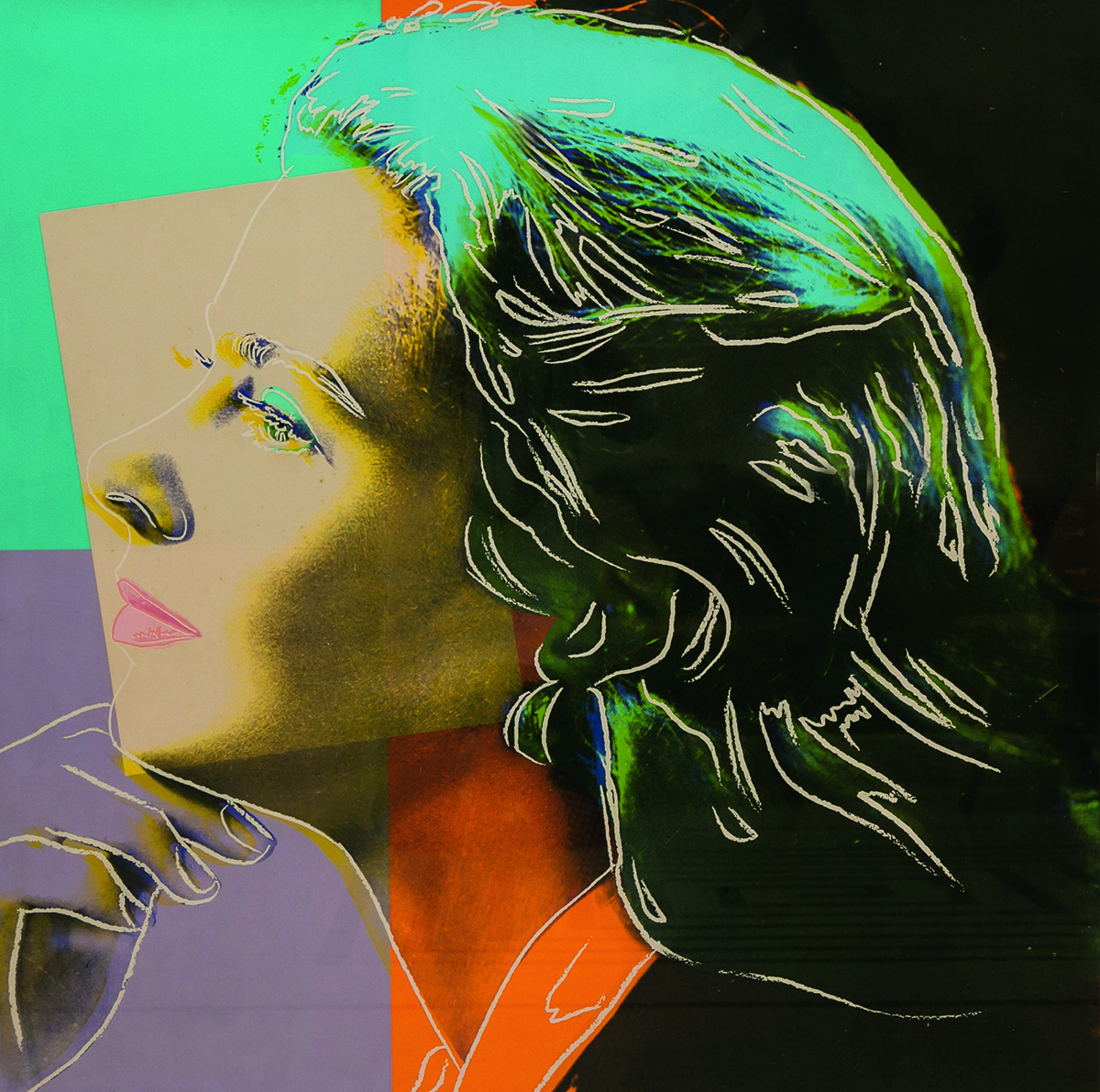
Herself, 1983, by Andy Warhol
To a large extent, Ahmed’s seminal work epitomises what Rahman believes art ought to be at its highest ideal. “Art should address the common man. It should not be completely detached from our daily life and society; if it is, then art won’t survive,” he expounds decisively. “That being said, creativity should be exercised with tolerance. Artists should look outside themselves and respect all peoples, regardless of race, religion or region.” Unsurprisingly, Rahman’s collection reflects his artistic philosophy.
Consequential and bewitching, Rahman’s modern works by South Asian artists offer a powerful visual chronology of the Indian subcontinent. I stare at them in awe. To my right, Nandalal Bose immortalises the struggle against British colonial rule in India with his 1936 portrait of a freedom fighter, Untitled (Khan Abdul Ghaffar Khan). Further down, Sayed Haider Raza sharply illustrates the Bangladesh Liberation War, with partition as its antecedent, in a lithograph, Untitled (Bangladesh), created around 1971. And hanging above where Rahman stands, Atul Dodiya takes on the mantle of decolonisation by reversing the Western gaze, in his 1999 diptych, German Measles: Kiefer’s Cell. And that is only to examine three artworks out of hundreds.
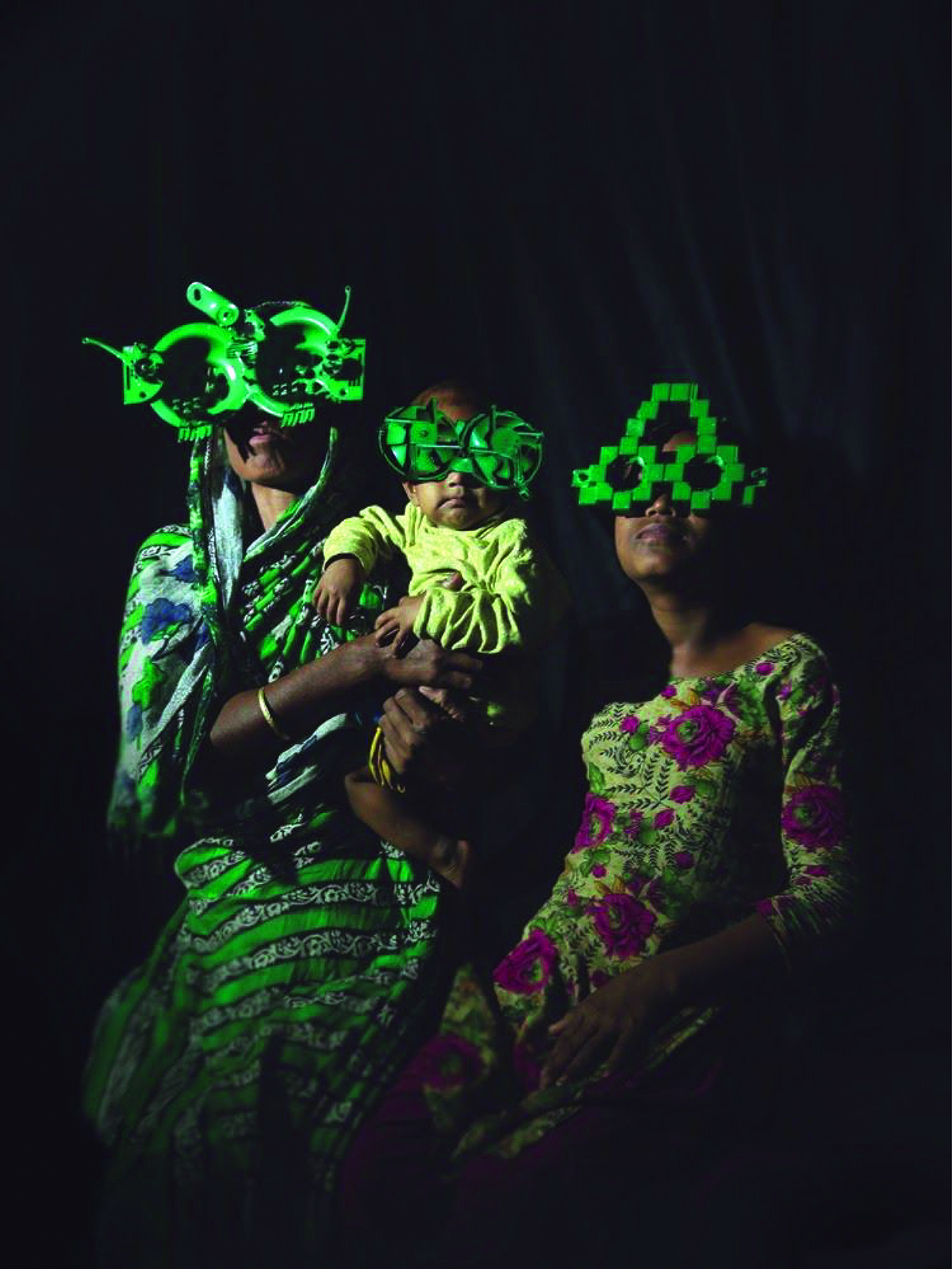
From the ‘Soaked Dream’ series, 2013 ongoing,
by Firoz Mahmud
Rahman has a special place in his collection for those artists of South Asian origin who left the subcontinent and settled in the West. “The legacy of partition is fundamentally linked with the concept and experience of displacement,” he explains. “This concept applies to diaspora artists, too, such as Rasheed Araeen and Zarina Hashmi, known professionally as Zarina.” Araeen is a celebrated Karachi-born conceptual artist living in London, and the late Zarina was a trailblazing Indian-American minimalist active in New York City. Both artists are in the permanent collections of Tate Modern and The Metropolitan Museum of Art.
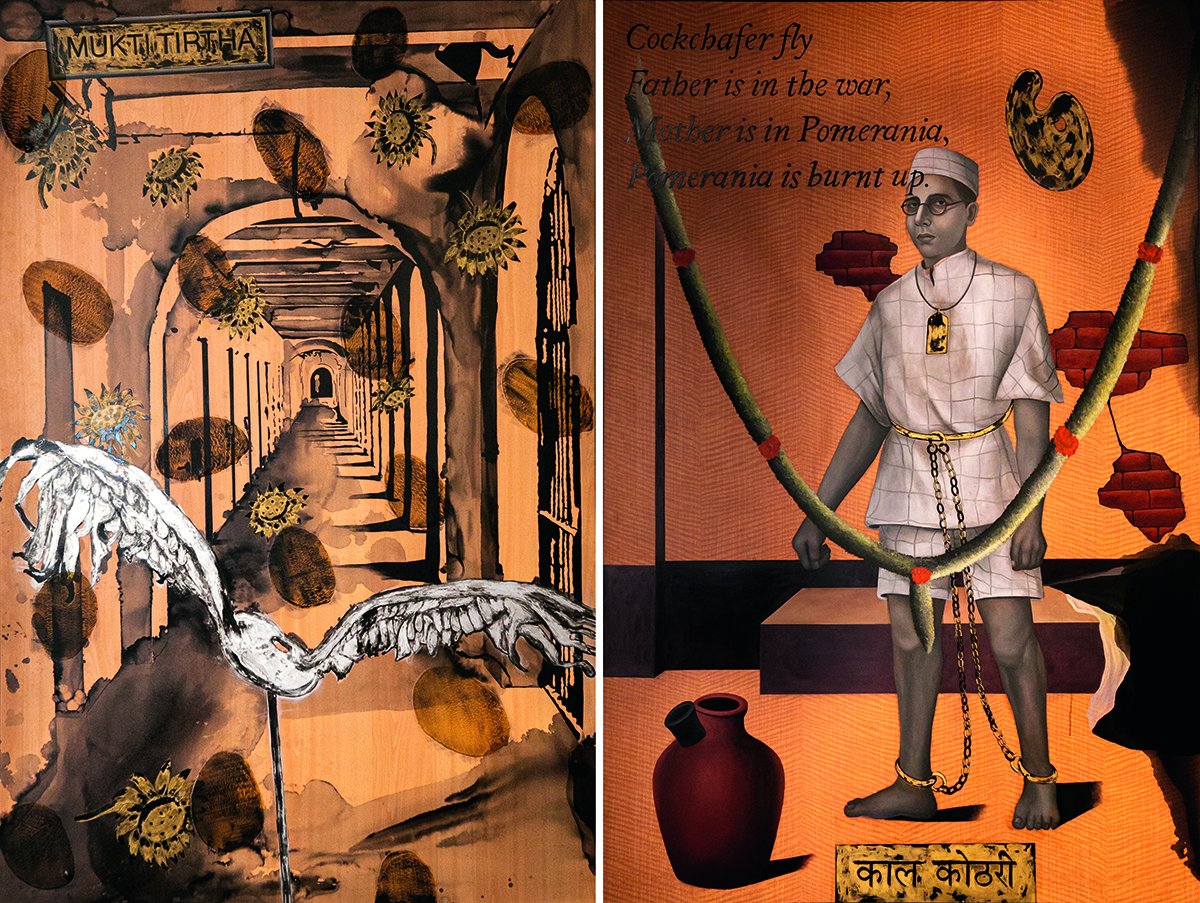
German Measles: Kiefer’s Cell (diptych), 1999, by Atul Dodiya
Another prominent artist from the South Asian diaspora community for whom Rahman is a patron is the rising star Firoz Mahmud. Originally hailing from Khulna, Bangladesh, Mahmud lived in Japan and now lives and works in New York City. “The DBF is always engaging with projects that deal with the topics of migration and displacement,” says Rahman. “Mahmud is an expert at tackling these issues in his multidisciplinary exhibitions.”
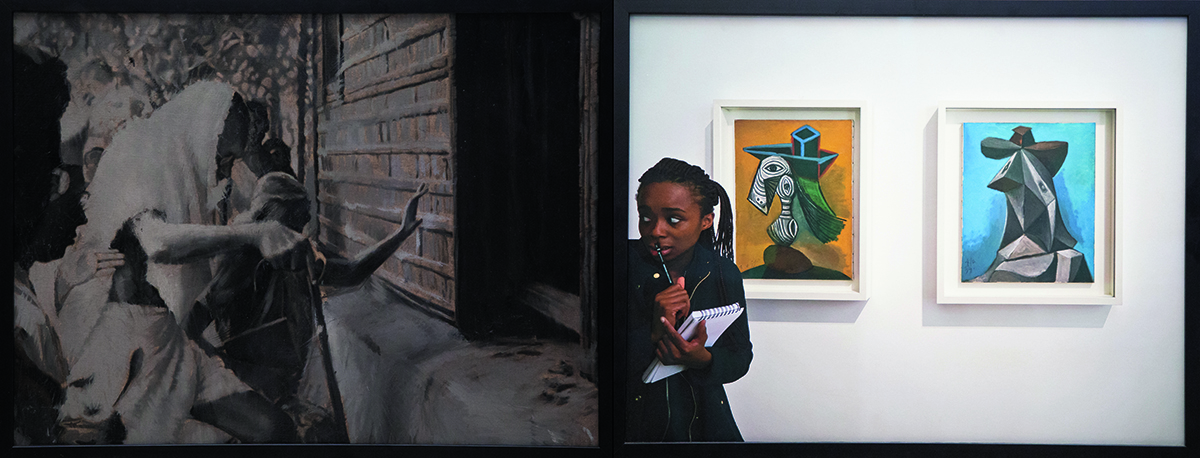
Noakhali, November 1946, 2017, by Atul Dodiya
Indeed, Mahmud’s ongoing series, ‘Soaked Dream’, begun in 2013, which features displaced minorities including the Rohingya people, has received critical acclaim and was nominated for the 2019 COAL Prize at the Centre Pompidou, Paris. The harrowing yet hopeful photo-sculpture series depicts migrant families envisioning their dreams through green sci-fi glasses, crafted with found objects from shelters and symbolising each family’s resilience and commitment to making a better life. It was photographed in Bangladesh, which has accepted more than 900,000 Rohingya refugees. Rahman says the series helps bring awareness to an issue that has largely faded from the West’s consciousness.
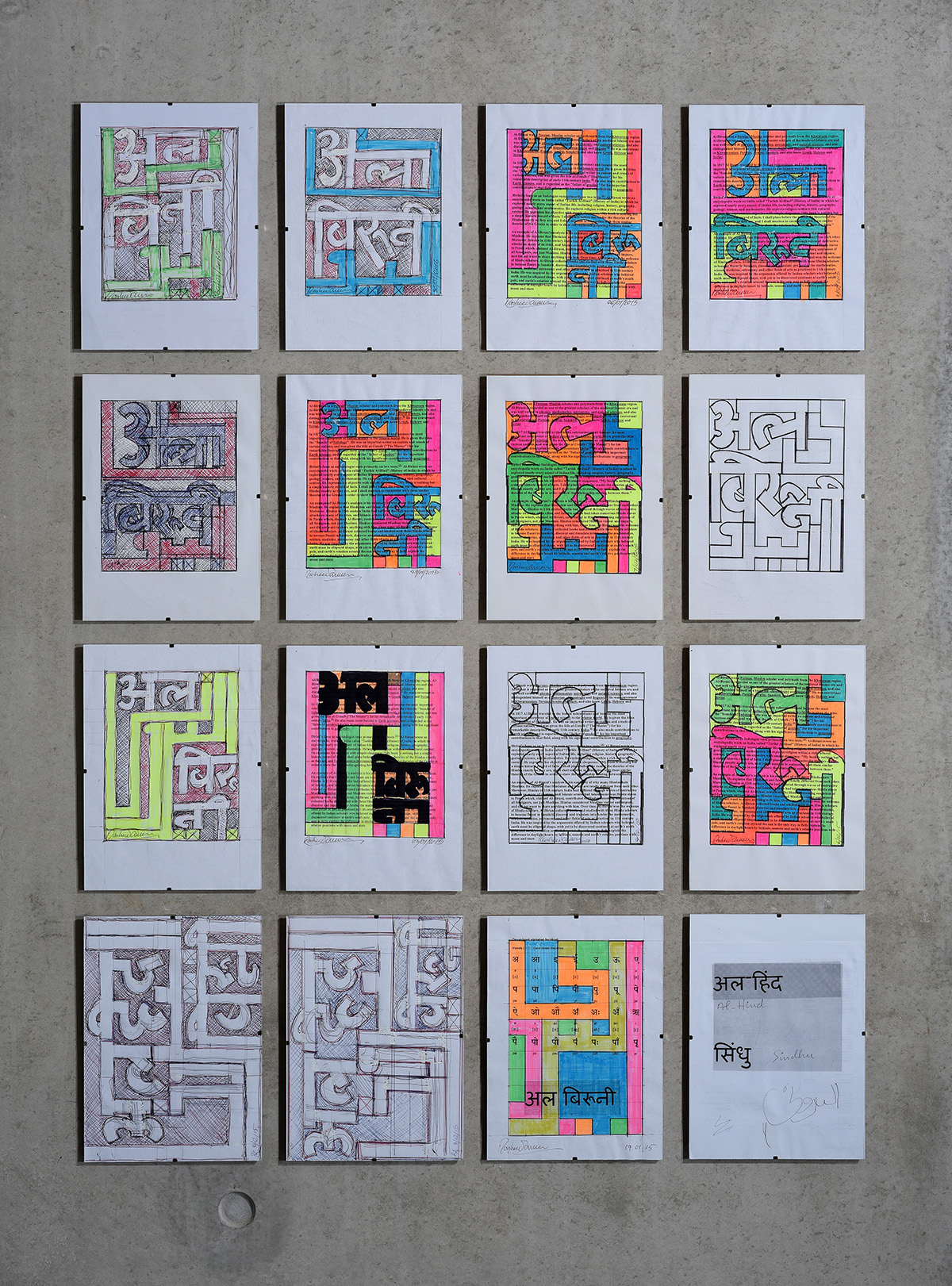
Untitled, 2015, by Rasheed Araeen
Several works in the collection address both Eastern and Western canons. One such piece is Atul Dodiya’s monumental 2017 collage, Noakhali, November 1946, which was shown at Art Basel 2018. As part of his series ‘Painted Photographs/Paintings Photographed’, Dodiya juxtaposes Europe’s first half of the 20th century against the same period in British India. “A dramatic shift took place, particularly in France, with artists such as Henri Matisse, Pablo Picasso and Marcel Duchamp,” Dodiya wrote of the work. “During this period, India was fighting for freedom, which resulted in Independence from British rule and ended with Gandhi’s assassination.” Feeling almost inconsequential in its presence, I would suggest that this is Rahman’s most significant artwork.
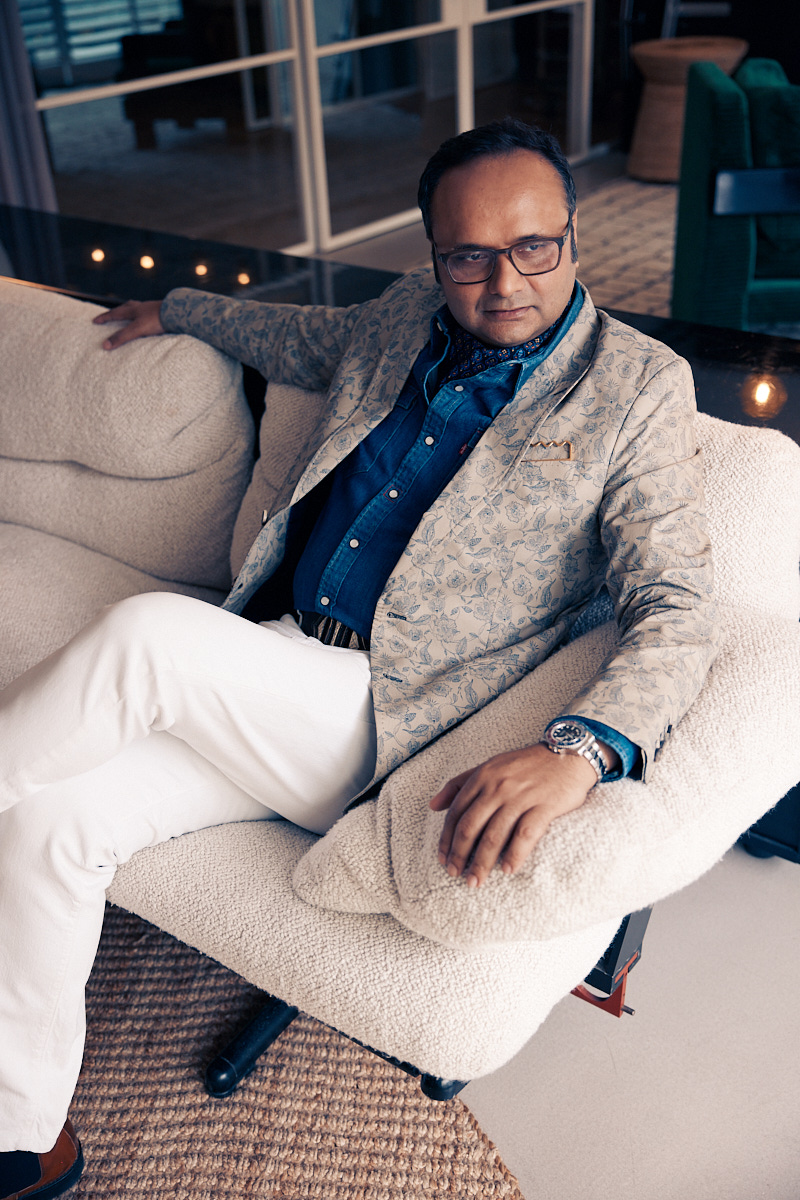
Portraits by Matt Holyoak
As a cosmopolitan figure, the DBF founder’s collection also contains works from the Western canon that often wink at the Global South. These include enviable acquisitions, such as Charles Pachter’s witty 2007 painting, Whose Sari Now, and Andy Warhol’s iconic 1983 screenprint of Ingrid Bergman, Herself. Both Pachter and Warhol famously travelled to India, voyages that would inform Pachter’s subject matter and influence Warhol’s affinity for using vibrant swathes of colour in his work.
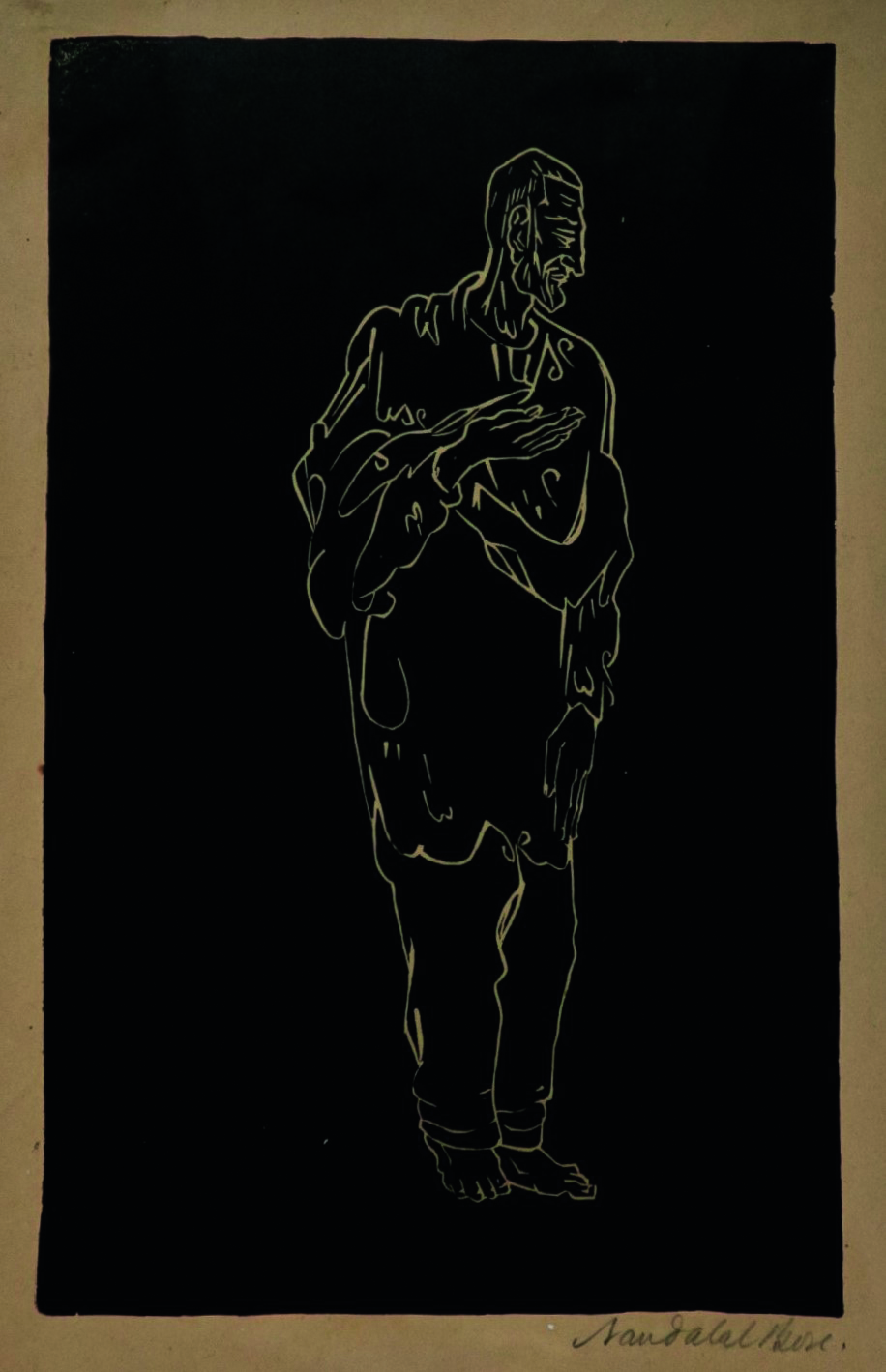
Untitled (Khan Abdul Ghaffar Khan), 1936, by Nandalal Bose
Unexpected links arise, too. Even Ingrid Bergman has a connection to the subcontinent through her one-time husband, Italian film director Roberto Rossellini. Rossellini rather publicly left the Casablanca star in 1957 and eloped with Bengali screenwriter Sonali Dasgupta, to whom he remained married until his death in 1977. Clearly, Rahman’s collection is saturated with buzzworthy creations, rich in historical and cultural intrigue.
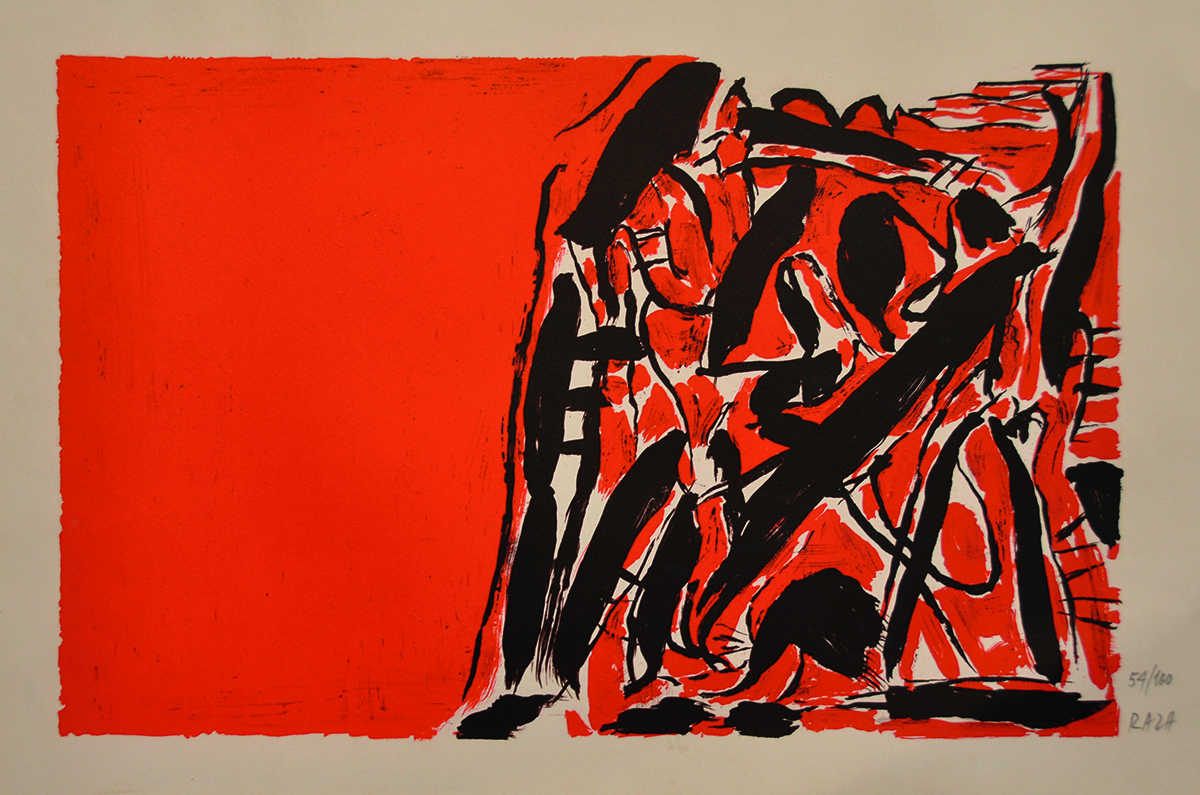
Untitled (Bangladesh), c 1971, by Sayed Haider Raza
Tearing my gaze from a brightly coloured Bergman, our conversation flows away from Rahman as collector to his ever-expanding identity as an international change agent. With the continued reverberations of the partition top of mind, the philanthropist draws a straight line between the largest mass migration in human history and the DBF’s mandate.
Read more: Shezad Dawood: Out Of The Blue
As a fledgling foundation itself, Rahman believes the DBF can empathise with the South Asian struggle of trying to gain purchase on the global stage. To help others avoid the similar exclusionary effects of colonialism and partition, he says, “many DBF initiatives work to help individual South Asian artists claim recognition outside the Global South. Part of that process means taking up space, both physically and metaphorically.”
Find out more: durjoybangladesh.org
This article first appeared in the Autumn/Winter 2022/23 issue of LUX


